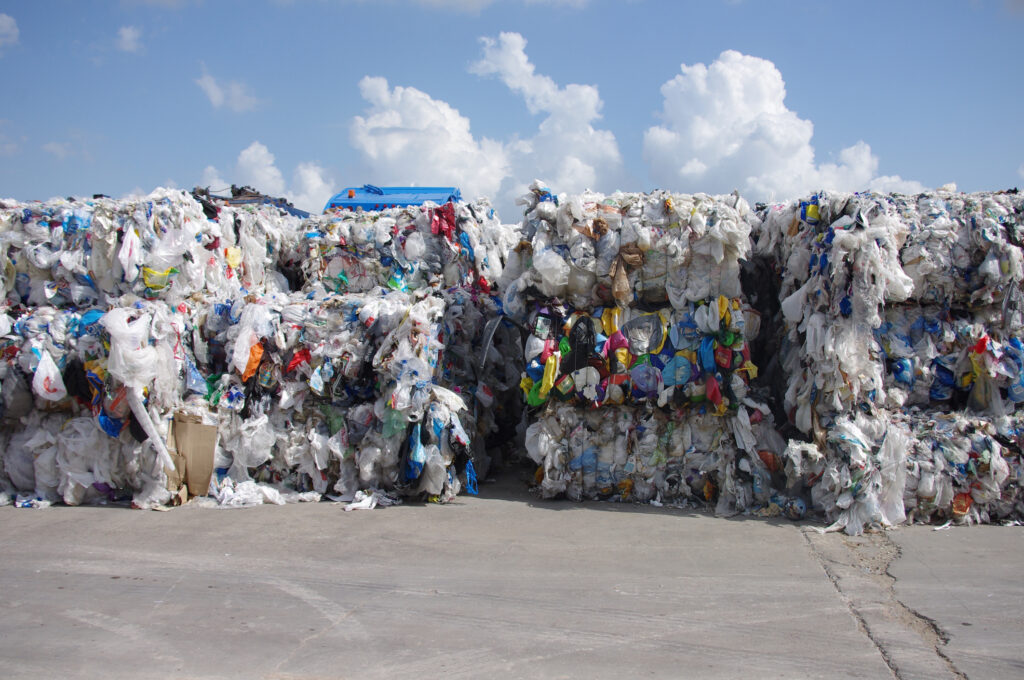WMRR’s 2025 Federal Election Blueprint
WMRR’s 2025 Federal Election Blueprint
Building a Circular Economy: WMRR’s 2025 Federal Election Blueprint

Intro
As Australia heads to the polls on 3 May 2025, Waste Management and Resource Recovery (WMRR) has issued a decisive three-point plan to transform national policy and secure both environmental resilience and economic growth. Grounded in the reality that 70 percent of greenhouse-gas emissions stem from material handling and 80 percent from housing, mobility and nutrition, WMRR insists that investment, regulation and markets must be recalibrated to elevate secondary (recovered) materials to parity with virgin resources and deliver on our 2030 and 2050 climate commitments.
Australia’s Urgent Circular Imperative
Since the National Waste Policy of 2019 set an 80 percent resource-recovery target by 2030, progress has stalled. Today our actual recovery rate stands at 67 percent—leaving a 13 percent gap that represents some 10 million tonnes of material still bound for landfill each year. Meanwhile, Australia’s material-circularity rate (the proportion of a nation’s material use that is recycled) lags at 4 percent, well below the global average of 7.2 percent.
With less than five years until the 2030 deadline, WMRR argues that only bold, integrated federal action can reverse these trends, unlock domestic remanufacturing, and help Australia meet its net-zero pledge by 2050.
1. INVESTMENT: Scaling Capacity through Targeted Funding
WMRR calls first for renewed, substantial federal investment to expand Australia’s processing infrastructure:
-
Recycling Modernisation Fund (RMF) expansion: The RMF’s initial one-off injection of funds delivered 1.4 million tonnes of additional capacity across 139 projects. To close the 10 Mt / yr gap, WMRR urges an extra $500 million in new appropriations, matched by state and industry contributions, to extend the RMF beyond its current remit of glass, plastics, tyres, paper and cardboard to include organics and hazardous waste streams.
-
Unlocking private capital: By co-funding and de-risking large-scale sorting, processing and remanufacturing facilities—especially in regional areas—the Commonwealth can catalyse private investment into end-of-life tyre depolymerisation, e-waste material recovery and battery-grade critical-minerals refining.
-
Energy-from-Waste (EfW) and Alternative Waste Treatment (AWT): Recognising the potential for on-site EfW and advanced anaerobic digestion, WMRR recommends extending the crediting periods in the Australian Carbon Credit Unit (ACCU) scheme for both AWT (currently approved) and EfW (under development). These credits would improve project bankability, reduce reliance on fossil-fuel generation, and support the decarbonisation of waste operations.
2. REGULATION: Enforceable Standards and Eco-Design Mandates
Investment alone is insufficient without a robust regulatory backbone to foster genuine circularity. WMRR’s regulatory agenda centres on three pillars:
2.1 Circular Economy Act
A dedicated Circular Economy Act would enshrine:
-
Eco-Design requirements: Mandating that all goods placed on the Australian market meet minimum standards for repairability, modularity and recoverability, akin to the EU’s Ecodesign for Sustainable Products Regulation.
-
Extended Producer Responsibility (EPR): Obligatory EPR schemes for all product categories—beyond packaging—to ensure manufacturers internalise end-of-life costs, drive design improvements and finance collection and recycling services.
-
Material bans: Prohibitions on non-recyclable composites and single-use plastics containing persistent-fee toxins such as PFAS, shielding downstream recyclers from contamination and reducing disposal burdens.
2.2 Enforceable Roadmaps and Reporting
The Act must be backed by a mandatory national roadmap with:
-
Legally binding targets for resource-recovery rates and recycled-content uptake (e.g. 30 percent recycled content in construction materials by 2030).
-
Milestones and transparency requirements, including quarterly public reporting of jurisdictional performance.
-
Penalties for non-compliance and incentives—such as rebates or accelerated permitting—for early adopters.
2.3 Incentivising Circular Practices
To make secondary materials competitive:
-
GST exemptions on recycled products to close the price gap with virgin equivalents.
-
Recycled-content standards for government procurement, modelled on Victoria’s ecologiQ platform, mandating minimum recycled material percentages in all publicly funded infrastructure, office fit-outs and supply contracts.
-
Streamlined export controls for recovered materials, removing needless barriers that push high-quality recyclate offshore and undermine domestic processing markets.
Through these regulatory measures, Australia can shift from voluntary frameworks to hard-wired circularity, ensuring all stakeholders—from designers to waste operators—are aligned toward a single objective: use less, recover more.
3. MARKETS: Creating Demand for Recovered Materials
Even a fully capable recycling sector will founder without robust, domestic markets for its outputs. WMRR’s market-development prescription includes:
3.1 Government as First Customer
-
Mandatory recycled-content procurement: Federal, state and local agencies must adopt binding quotas (e.g., 25 percent recycled aggregate in road base, 50 percent recycled aluminium in public fixtures), supported by grants and performance reporting.
-
Green procurement grants: Capital works funding that is conditional on demonstrable local content of recycled plastics, paper, glass and metals—spurring demand and signalling confidence to private investors.
3.2 Private-Sector Engagement
-
Tax credits for manufacturers that integrate at least 20 percent recycled content by weight into final products, lowering production costs and underwriting the premium often paid for recycled inputs.
-
Industry-led supply agreements: Facilitating long-term offtake contracts between recyclers and major consumers—such as building materials companies, packaging producers and automotive assemblers—to guarantee demand continuity.
3.3 Skills and Innovation
-
Circular-economy workforce programs: Nationally accredited apprenticeships and university courses in remanufacturing, repair and reverse logistics to rebuild lost textile, electronics and furniture-repair capabilities.
-
Innovation vouchers for SMEs to pilot closed-loop products and packaging designs, de-risking early-stage R&D and accelerating commercialisation of breakthrough recycling chemistries or automation technologies.
By embedding recycled materials into government and private supply chains, and by cultivating a skilled circular-economy workforce, Australia can forge resilient, on-shore remanufacturing clusters capable of withstanding global commodity swings.
4. Delivering a Systems Approach
WMRR emphasises that these Investment, Regulation and Markets measures cannot operate in isolation—they must be orchestrated as a cohesive, systems-based strategy. Success will hinge on:
-
Inter-jurisdictional coordination, ensuring that federal legislation and funding dovetail with state waste plans and local government procurement policies.
-
Data-driven policy calibration, using the national waste and resource recovery data repository to track material flows, identify choke points and refine incentive structures in real time.
-
Stakeholder engagement, aligning industry, academia, regulators and community organisations around shared goals, fostering a culture of continuous improvement.
Summary: Seizing the 2025 Mandate
With 80 percent of Australia’s emissions linked to how we use and manage materials, the 2025 Federal Election presents an inflection point. WMRR’s three-point plan is neither abstract nor aspirational—it sets out critical, time-bound actions to:
-
Mobilise $500 million (plus state/private co-funds) to turbo-charge recycling capacity.
-
Enact a Circular Economy Act with enforceable design, EPR and procurement standards.
-
Generate stable markets for recycled content via green procurement, tax incentives and workforce development.
Adopting this blueprint will not only secure Australia’s net-zero trajectory and 2030 resource-recovery targets but will also create thousands of green jobs, revitalise regional economies and safeguard our critical resources for generations to come.
The time for action is now—and the next government must heed WMRR’s call to forge a truly circular nation.


